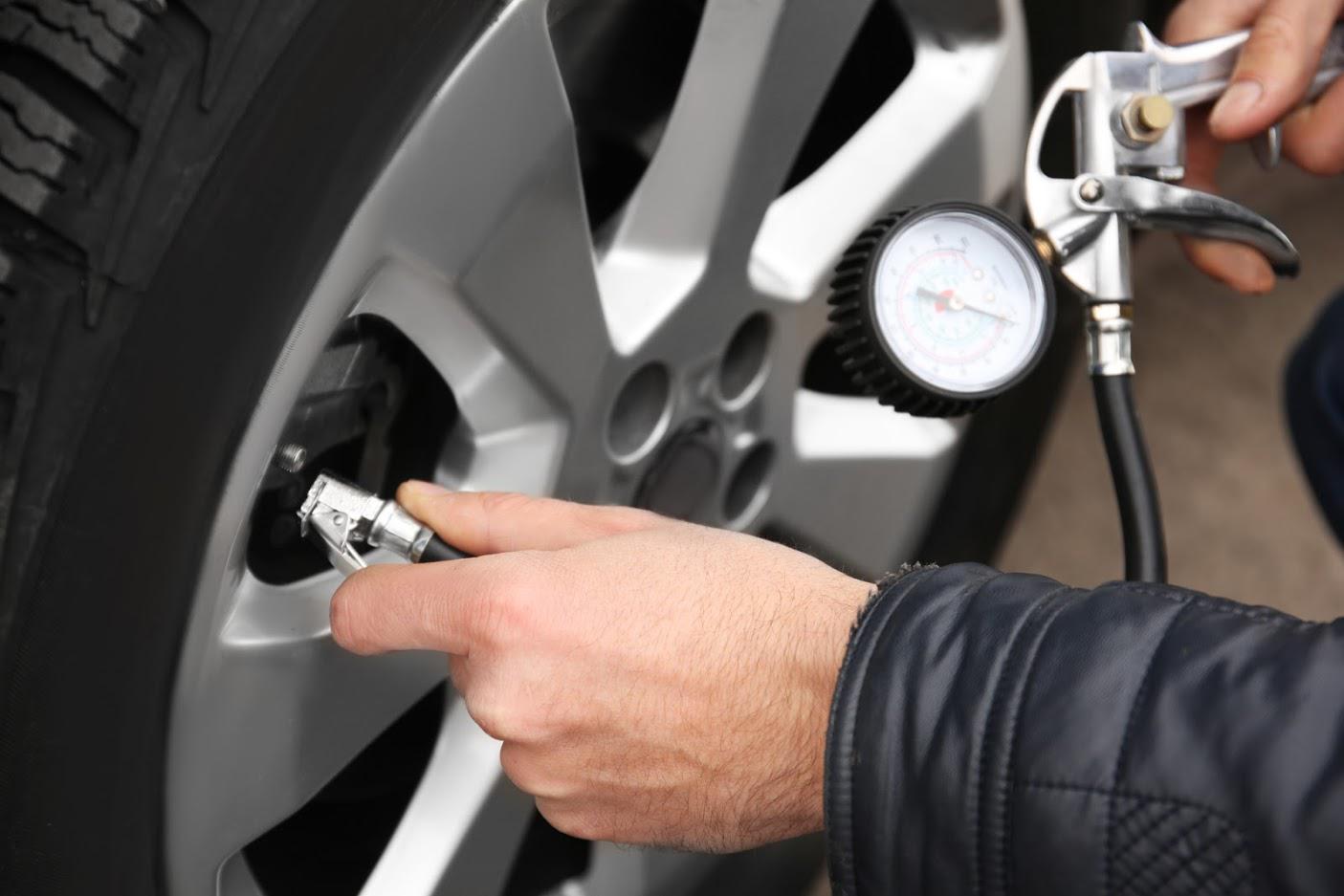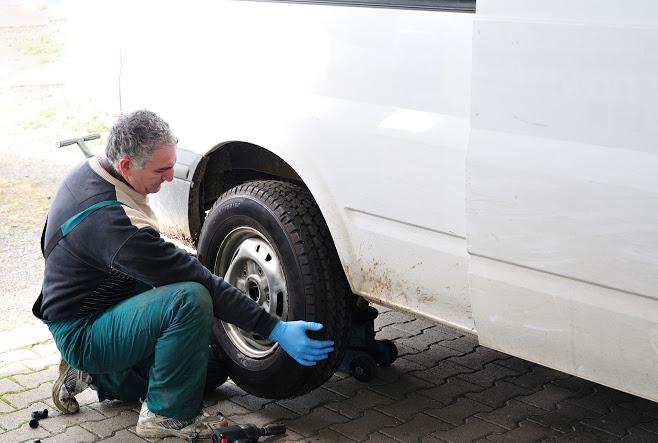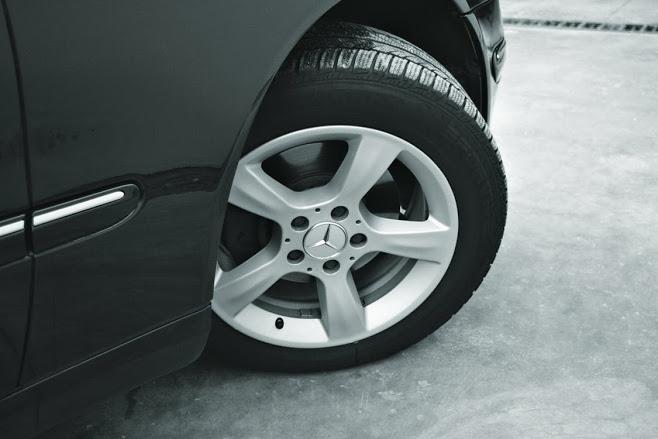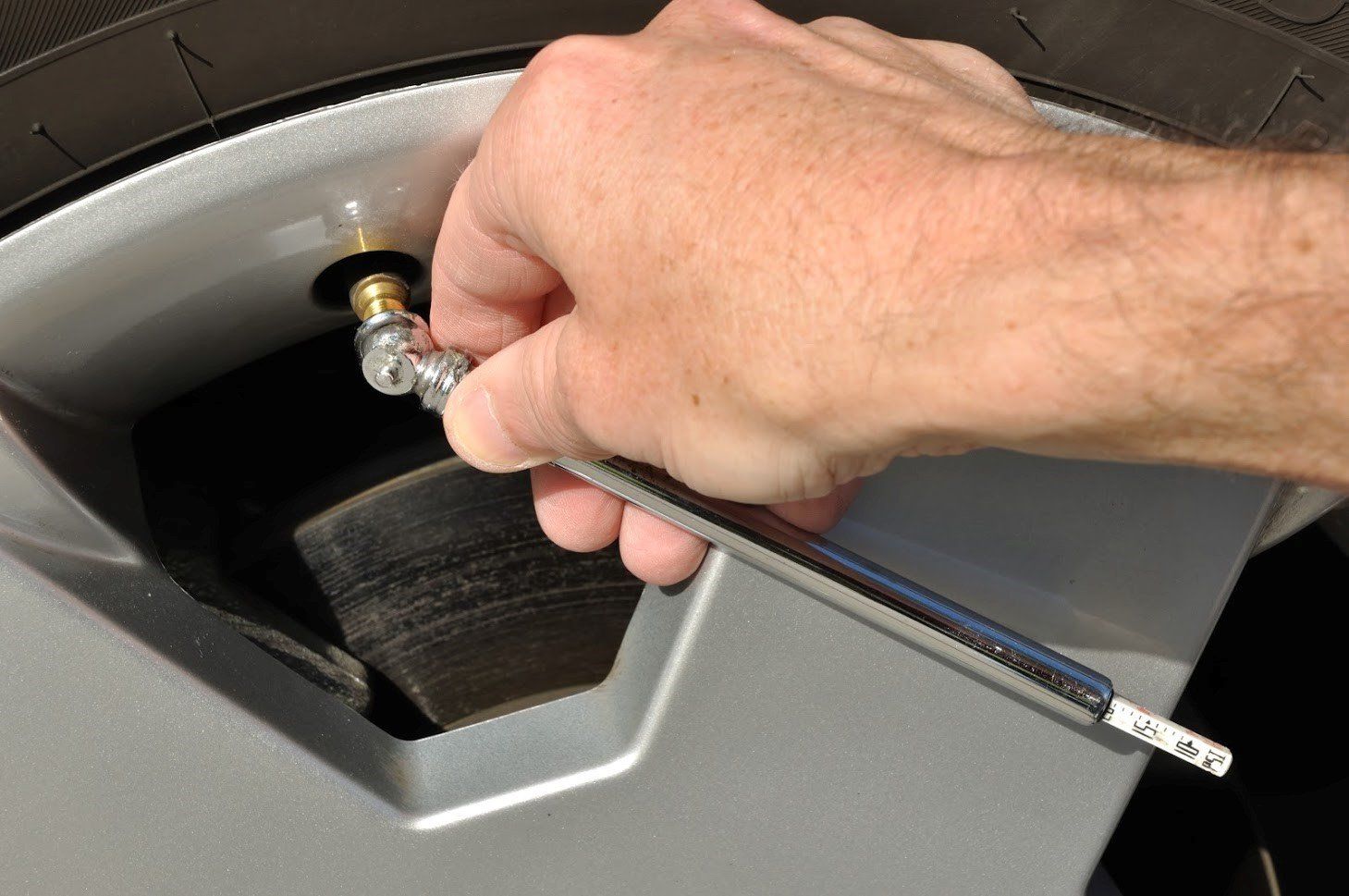3 Things to Know About Your Car's TPMS
- By Admin
- •
- 17 Jan, 2019
- •

Your tires play a key role in ensuring your safety while you're on the road. Yet even brand new tires can become a liability if you don't keep them properly inflated. Underinflated tires reduce vehicle control, especially when making turns. In addition, underinflated tires wear out much more quickly and can lead to fuel economy reductions as great as five percent.
In the past, car owners had to painstakingly measure tire pressure themselves. Fortunately, virtually all cars manufactured today accomplish this task automatically using a tire pressure monitoring system, or TPMS. If you would like to learn more about this vital component, keep reading. This article outlines three key things to know about your car's TPMS.
1. Congress Made TPMS Mandatory in New Cars
As noted above, TPMS technology allows your car to independently monitor tire pressure levels. If any of your tires become underinflated by 25 percent or more, the system provides a warning, usually in the form of a dash light going on. This light remains on until the underinflated tire has received additional air.
TPMS offer such an accurate and reliable way of monitoring pressure that Congress made them mandatory as part of the TREAD Act. All cars and light trucks manufactured since September 1, 2007, have contained TMPS. A study conducted five years after the TREAD Act went into place found that TMPS had led to a 55.6 percent reduction in the chances that a car suffered from one or more significantly underinflated tires.
2. Two Types of TMPS Exist
Tire pressure monitoring systems break down into two main categories: direct and indirect. Direct TMPS contain special sensors mounted inside of the wheels themselves. These sensors use a special component known as a pressure transducer to take periodic readings of the pressure level. The sensor then sends this information to the car's computer using radio frequency technology.
Indirect TPMS take a much different approach. An indirect TPMS makes use of the wheel speed sensors used by a car's antilock brake system. As a tire's pressure level drops, its speed of rotation also changes. Thus, by monitoring the speed of each of your wheels, an indirect TPMS can infer when pressure levels have dropped below an acceptable threshold.
Direct TPMS remain more common than indirect TPMS, owing largely to reliability issues regarding the first few generations of indirect systems. Older indirect TPMS often struggled to identify insufficient pressure when all four wheels were affected to the same extent. In that case, wheel speeds would remain relatively identical to one another, even though pressure was excessively low.
Newer indirect systems have corrected such problems. As a result, more manufacturers have begun using indirect TPMS. Generally speaking, Asian- and European-made cars contain indirect TPMS, while American-made cars more commonly use direct TPMS.
3. Direct Sensors Require Periodic Replacement
Direct TPMS have a distinct lifespan, usually lasting between 5 and 7 years. The precise lifespan relates directly to the number of miles driven by the vehicle. Simply put, the more you drive, the more frequently the system sends signals to your car's computer. And the more frequently a TMPS sends information, the more quickly its batteries run down.
In other words, battery failure remains the most common source of TMPS failure. In some cases, a TMPS sensor may also fail due to corrosion on the valve stem. This issue only affects those sensors containing aluminum stems. For this reason, rubber stems have become an increasingly popular choice.
Most mechanics recommend changing your TPMS sensors every time you change your tires. For more information about how to determine whether your TPMS continues to work correctly, please contact the wheel and tire experts at Radial Tire Service.
















